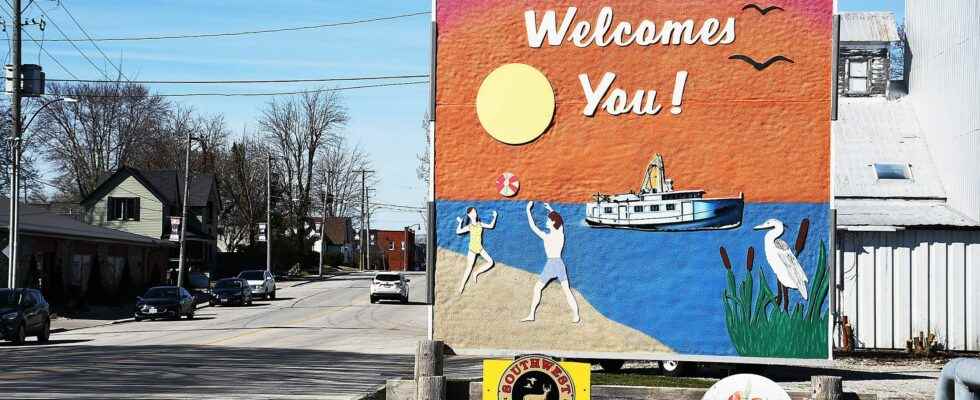
A scrubber system installed near the site of the gas explosion in downtown Wheatley should minimize some lingering impacts and help pave the way to finding a permanent solution, officials say.
Brought in from Ohio and designed to capture hydrogen sulphide emissions, was system is being installed in the municipal parking lot near the blast site. The installation will be followed by a few days of testing the system.
Once the system is installed and proven to be working, “that’s going to be huge,” said Ryan Brown, Chatham-Kent director of public works.
“Our hope is that, with this system, if everything’s working, that we can get the last (section of) street open,” he said.
If this roadway – a 200-metre stretch of Erie Street North – fully reopens, all that will be left closed off is the six or seven buildings impacted by the blast near the municipal parking lot.
He said the municipality’s first objective has been to “get the impacts to the community reduced to as low as possible.”
That has involved getting the library and other streets in the area reopened, Brown added.
Brown said work also continues with the engineers on finding a permanent solution to the recurring gas leaks in the area.
“That all requires time but, if we can get those streets open and get it down to the fewest number of people we’re impacting as possible, then we can make those decisions about how to move forward permanently.”
Although the flare stack currently in place will remain as a backup system, Brown said it won’t be needed if, as hoped, the scrubber system proves to capture all the gas emissions.
“We’re pretty excited about that,” he said.
Brown compared the scrubber system to a water filter that uses charcoal to absorb the chlorine taste from water.
Over time, that charcoal get used, so the filter needs to be changed, he noted.
“The way this thing works is it’s actually a chemical that you pump the (hydrogen sulphide) through and it absorbs the (hydrogen sulphide).”
Brown said there’s hydrogen sulphide monitors in the line that measures the gas level on both sides of the filter, “so that you can confirm that the filter is removing all the (gas).”
If the hydrogen sulphide starts to break through, then the filter needs to be changed, he said.
Gas was first identified at the Erie Street North site in June of 2021, which prompted the immediate evacuation of homes and businesses in the area.
The following month, three-dozen homes and businesses were evacuated after hydrogen sulphide – a poisonous, corrosive and flammable gas – was again detected at the downtown site.
On Aug. 26, toxic gas detectors raised the alarm that afternoon, providing municipal staff and emergency crews enough time to clear the area before a blast destroyed two buildings about 90 minutes later.
Twenty people suffered minor injuries from the explosion.
